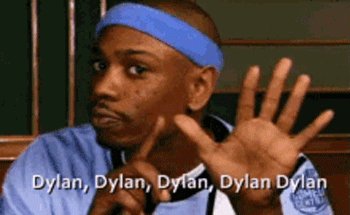Positional depth is a fascinating topic. Preseason, it’s one of the first things returning owners look at when emerging from their offseason hibernation. Thoroughly fattened by chips and Dominos’ pasta dishes – please tell me nobody is actually spending money on those – understanding where “fall offs” occur at positions is essential in constructing overall rankings and providing guidance for where targeting positions might be more appropriate.
A narrative I remember hearing in March was that elite first basemen were hard to come by. We had Goldschmidt, Votto, Freeman, and Encarnacion, followed by some Wil Myers believers (justified!), and a stretch of murky waters. As with any depth estimation, what happens in-season always throws a metaphorical wrench in what we initially thought. Cody Bellinger gets called up after less than one month, Freeman is lost for 10 weeks, Encarnacion once again starts slow, and everything we thought we had ironed out is tossed like that salad you should have eaten instead of that Dominos’ pasta dish! Has Jenny Craig taught you nothing?!
Enter our two darlings of the first base position two months in, Justin Bour and Justin Smoak, single handedly causing disgruntled twitter followers to tweet at the likes of Tristan Cockcroft and complain that he should do his job better. Yeah Cockcroft, we want four LABR titles in a row, three isn’t enough!
Please, blog, may I have some more?



